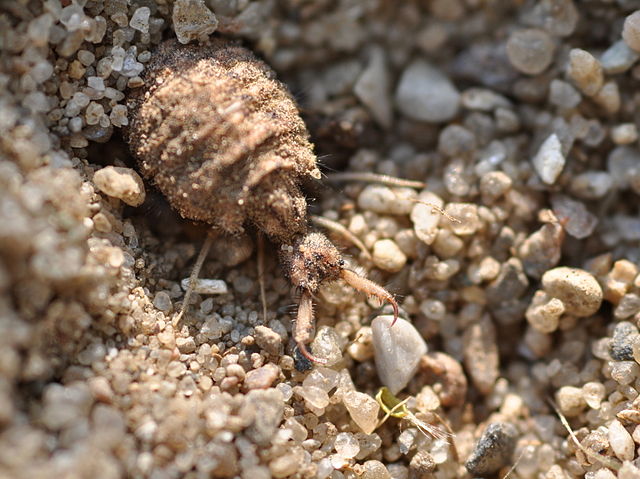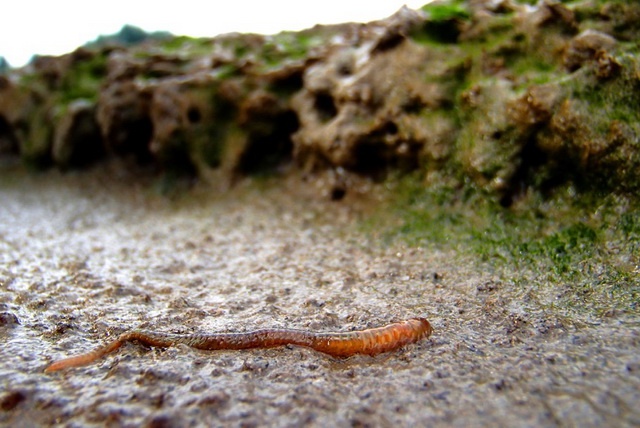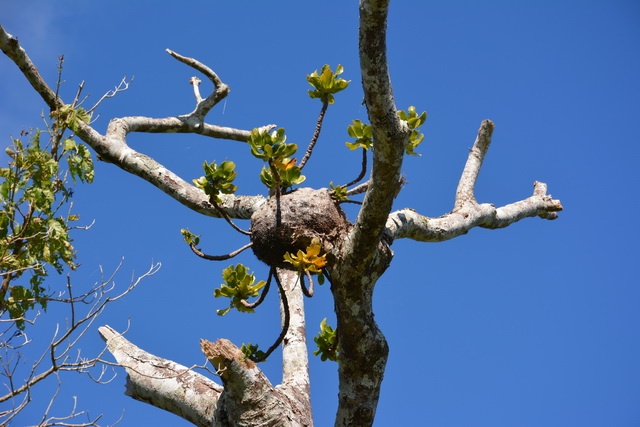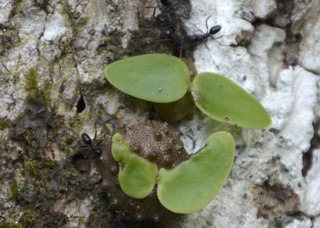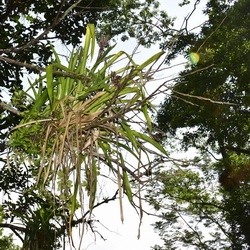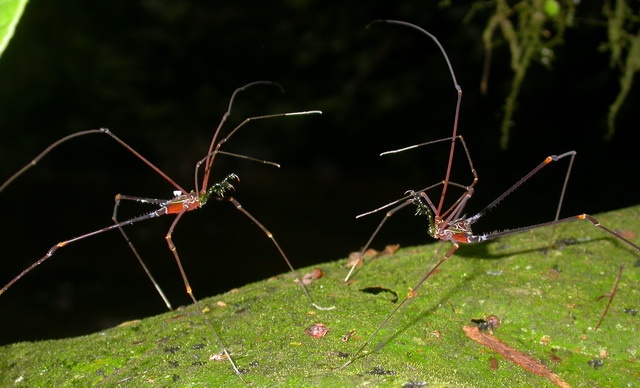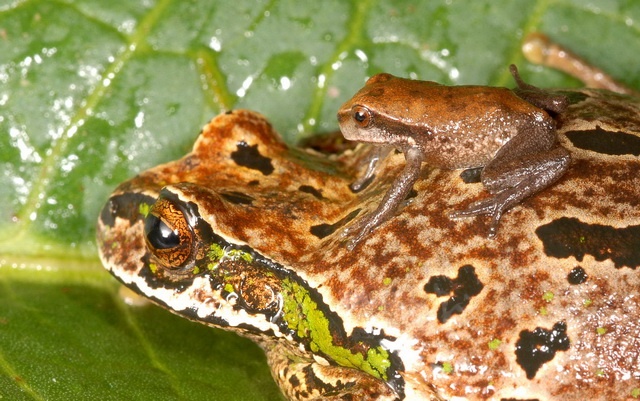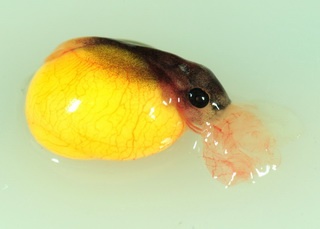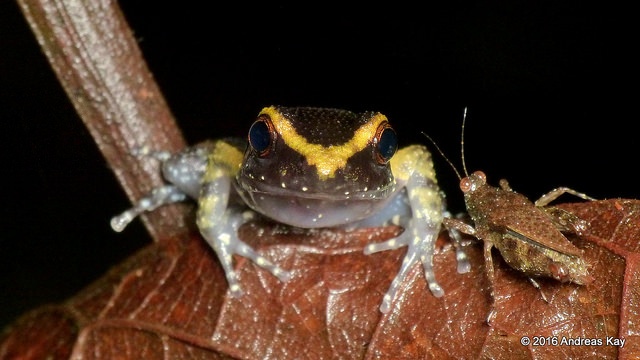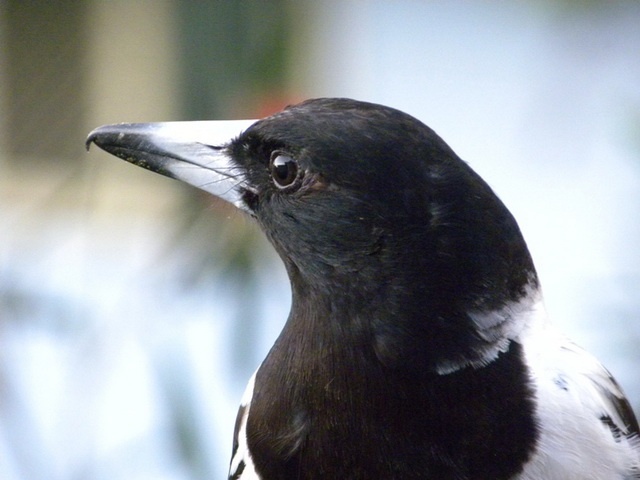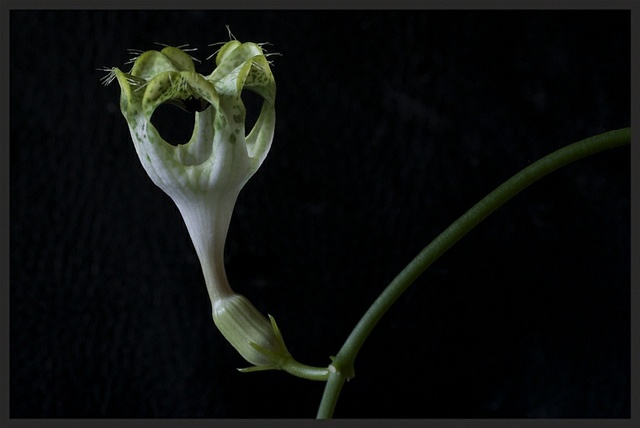Even a sedentary antlion has a capacity for learning
All that an antlion larva has to do once he has made his pitfall, is sit there and wait for a prey to come. Over the weeks, he learns to anticipate the arrival of a prey, Karen Hollis discovered.
Antlion larvae need a lot of food, consisting of little critters. They don’t go after their prey, but they take what comes along. While some species wait in ambush for their food, others build traps: a larva of such a species digs a funnel-shaped pit with steep walls in loose sandy soil and buries itself at the vertex, only head and jaws remaining visible. Tiny animals that wander along the edge lose their footing and tumble into the pit, from which it is difficult to escape. And when a nearby prey fails to fall in, the antlion larva tosses sand to him, so that the victim is disoriented, stumbles and comes down in a sand avalanche.
Vibrational signal
Once an antlion has dug his pit – which is a big job -, he only needs to wait until a prey is trapped. That’s all, and yet such a buried larva is learning something, as Karen Hollis reports.
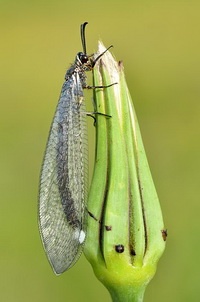 Worldwide, there are a few thousand species of antlions, many of them with larvae that dig a pit on a sheltered place, for instance under overhanging branches. Ants are a common prey. Adult antlions are graceful, winged insects.
Worldwide, there are a few thousand species of antlions, many of them with larvae that dig a pit on a sheltered place, for instance under overhanging branches. Ants are a common prey. Adult antlions are graceful, winged insects.
Hollis and colleagues show that larvae learn to perceive when a prey is approaching. They brought a number of larvae into the laboratory and housed each of them in its own sand-filled plastic bowl. Half of the larvae received a prey item each day at a randomly determined time, always a few seconds after the researchers had dropped some sand grains beside their pits. This was an imitation of the natural situation: an animal that approaches a pit, causes a similar vibrational signal. The other half were presented with a daily prey item at the same time as the first group, but received a vibrational cue at a different, randomly selected time. The larvae were treated as described until they pupated.
Prepared
If a victim falls into the pit, an antlion larva will pick it up, drag it under the sand, bite and deliver an immobilizing poison and digestive enzymes. He then sucks the liquefied prey contents and throws the empty exoskeleton out. If it is necessary, he will repair his trap.
Antlions that used to get their prey each day after a vibrational cue, began to prepare themselves after receiving this cue, the experiments revealed. They responded faster than the untrained larvae when a prey arrived and extracted the contents of the prey at a higher rate and more efficiently, probably because they started to produce digestive enzymes earlier. Apparently, they had learned to associate the vibrational cue with the gain of a prey, in contrast to the other group.
Other researchers, Karolina Kuszewska and colleagues, reported that antlion larvae can learn to distinguish between large and small prey, as large prey causes stronger vibrations. Antlions abandoned a small prey when they noticed that a large one was approaching.
Faster
Because antlions learn to anticipate the capture of a prey, they are able to handle it efficiently, the authors conclude. This is advantageous: in the laboratory, the larvae that learned to associate the vibrational cue with prey grew faster, were bigger and pupated sooner than the larvae that had not been given the opportunity to learn. Trained larvae thus shorten the larval stage, which is the most vulnerable stage of their life cycle because larvae are exposed to wind and rain and accessible to predators. Moreover, the more food a female larva consumes, the bigger and stronger the eggs she will produce later as adult.
So, even an animal that captures prey with a sit-and-wait strategy proves to be able to improve this strategy by learning.
Willy van Strien
Photos:
Large: an antlion larva, probably Myrmeleon formicarius. Aiwok (Wikimedia Commons, Creative Commons CC BY-SA 3.0)
Small: adult Myrmeleon formicarius. Gilles San Martin (Wikimedia Commons, Creative Commons CC BY-SA 2.0)
Watch a video of an antlion and its pitfal
Sources:
Hollis, K.L., 2016. Ants and antlions: The impact of ecology, coevolution and learning on an insect predator-prey relationship. Behavioural processes, online December 6. Doi: 10.1016/j.beproc.2016.12.002
Kuszewska, K., K. Miler, M. Filipiak & M. Woyciechowski, 2016. Sedentary antlion larvae (Neuroptera: Myrmeleontidae) use vibrational cues to modify their foraging strategies. Animal Cogntion 19: 1037-1041. Doi: 10.1007/s10071-016-1000-7
Hollis, K.L., F.A. Harrsch & E. Nowbahari, 2015. Ants vs. antlions: An insect model for studying the role of learned and hard-wired behavior in coevolution. Learning and Motivation .50: 68-82. Doi: 10.1016/j.lmot.2014.11.003
